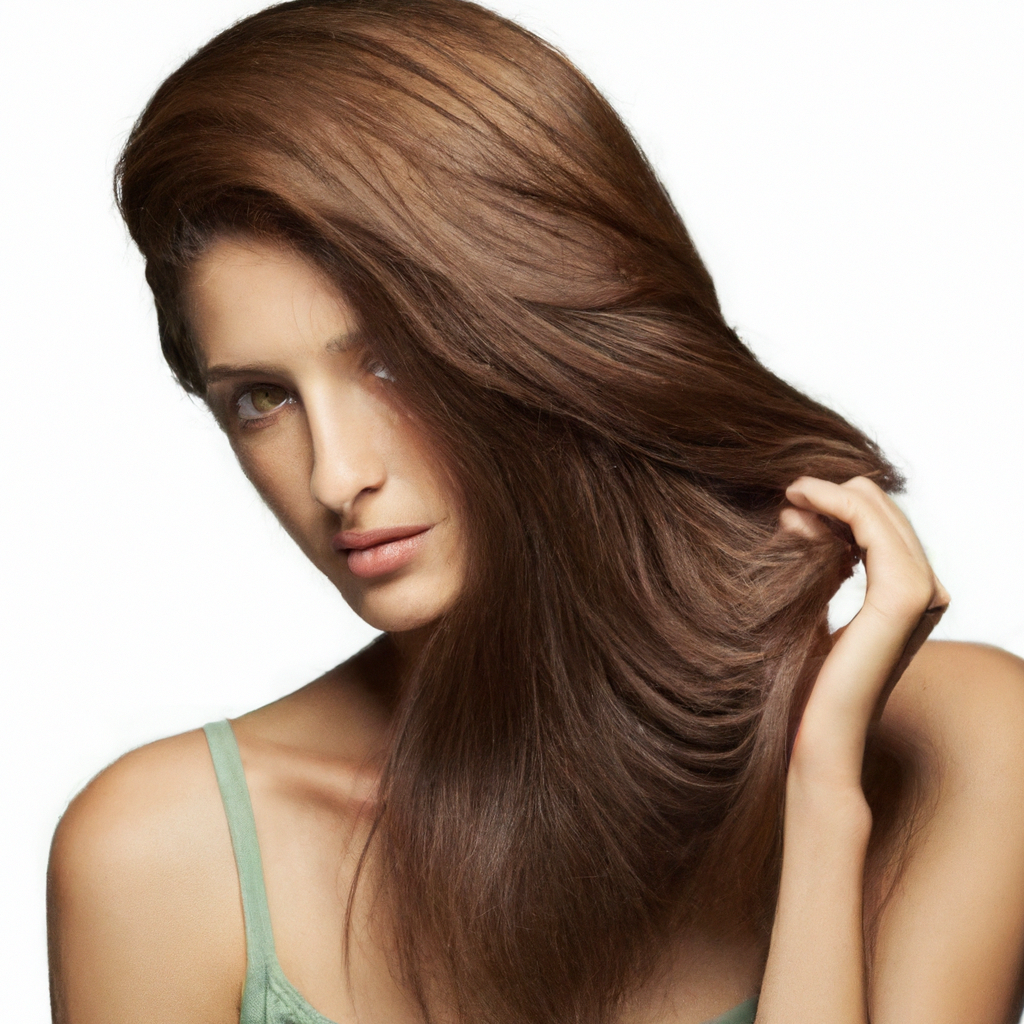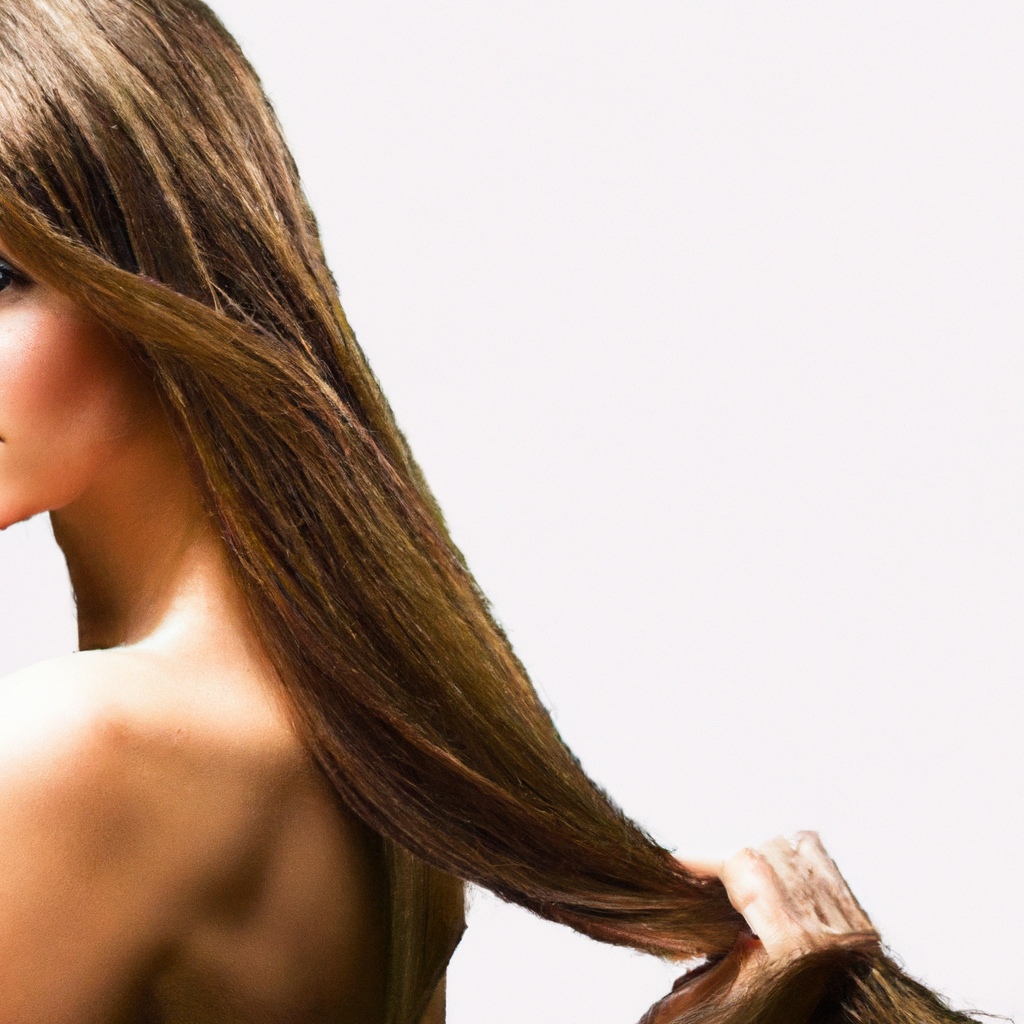If you’ve been struggling with excessive hair shedding and thinning, you’re not alone. Dealing with these issues can be frustrating and disheartening, but there are solutions available to help restore your hair’s health and vitality. In this article, we’ll explore some effective methods and techniques that you can incorporate into your hair care routine to address and combat hair shedding and thinning. From dietary adjustments to specialized hair care products, you’ll find practical tips and advice that will leave you feeling confident and reassured in your journey towards healthier, fuller hair.

Understanding Hair Shedding and Thinning
Hair shedding, also known as hair loss, is a natural process that occurs regularly as part of the hair growth cycle. However, when hair shedding becomes excessive, it can be a cause for concern. Excessive hair shedding is often characterized by a noticeably large amount of hair falling out on a daily basis.
Hair thinning, on the other hand, refers to a gradual decrease in hair density and volume. It can be a result of various factors, including genetics, hormonal changes, and environmental factors.
What causes hair shedding and thinning?
There are several factors that can contribute to hair shedding and thinning. Some of the most common causes include hormonal imbalances, nutritional deficiencies, stress, certain medical conditions, and treatments such as chemotherapy.
Differentiating hair shedding from hair thinning
While excessive hair shedding and hair thinning can often go hand in hand, it’s important to differentiate between the two. Hair shedding is typically characterized by an increased amount of hair falling out, while hair thinning refers to a gradual decrease in hair density and volume.
Identifying the Underlying Causes
Understanding the underlying causes of excessive hair shedding and thinning is crucial in addressing the issue effectively. Some of the key factors to consider include hormonal imbalances, nutritional deficiencies, stress and Telogen Effluvium, as well as certain medical conditions and treatments.
Hormonal imbalances
Hormonal imbalances, such as those that occur during pregnancy or menopause, can often lead to temporary hair shedding. Additionally, conditions such as polycystic ovary syndrome (PCOS) and thyroid disorders can also contribute to hair loss.
Nutritional deficiencies
A lack of important nutrients, such as iron, zinc, vitamin D, and biotin, can contribute to hair shedding and thinning. Ensuring a well-balanced and nutritious diet is essential for maintaining healthy hair.
Stress and Telogen Effluvium
Stressful events or prolonged periods of high stress can disrupt the hair growth cycle, leading to a condition known as Telogen Effluvium. This condition causes hair follicles to enter the resting phase prematurely, resulting in excessive shedding.
Medical conditions and treatments
Certain medical conditions, such as alopecia areata and trichotillomania, can cause hair shedding and thinning. Additionally, treatments such as chemotherapy and radiation therapy can also lead to significant hair loss.

Evaluating Your Hair Care Routine
Your hair care routine plays a crucial role in the health and maintenance of your hair. By making a few simple changes, you can help reduce hair shedding and thinning.
Choosing the right shampoo and conditioner
Opt for shampoos and conditioners that are specifically formulated for your hair type and concerns. Look for products that are gentle, nourishing, and free from harsh chemicals that can strip your hair of its natural oils.
Avoiding excessive heat styling and chemical treatments
Excessive heat styling, such as using hot tools like flat irons and curling wands, can cause damage to the hair and contribute to hair shedding. Similarly, chemical treatments like perming, coloring, and straightening can weaken the hair shaft and lead to breakage.
Proper brushing and combing techniques
Use a wide-toothed comb or a brush with flexible bristles to gently detangle your hair. Avoid brushing your hair when it’s wet, as wet hair is more prone to breakage.
Avoiding hairstyles that pull tightly on the hair
Hairstyles that pull tightly on the hair, such as tight ponytails, buns, or braids, can cause traction alopecia, a type of hair loss caused by constant tension on the hair follicles. Opt for looser styles that don’t put excessive strain on your hair.
Improving Your Diet and Lifestyle
Making changes to your diet and lifestyle can also have a positive impact on the health of your hair and help to reduce shedding and thinning.
Eating a balanced and nutritious diet
Ensure that your diet is rich in vitamins, minerals, and antioxidants that promote healthy hair growth. Include foods like fruits, vegetables, lean proteins, whole grains, and healthy fats in your meals for optimal hair health.
Ensuring adequate hydration
Drinking enough water is essential for maintaining overall health, including the health of your hair. Proper hydration helps to keep your hair moisturized and prevent dryness and brittleness.
Getting regular exercise
Regular exercise improves blood circulation, which promotes the delivery of oxygen and nutrients to the hair follicles. Engage in activities that elevate your heart rate and get your blood pumping for healthier hair.
Managing stress levels
Stress can play a significant role in hair shedding and thinning. Find healthy coping mechanisms to manage stress, such as practicing meditation, yoga, or engaging in hobbies that bring you joy and relaxation.

Utilizing Haircare Products and Treatments
There are various haircare products and treatments available that can help address excessive hair shedding and thinning.
Using hair growth stimulating products
Look for hair growth stimulating products that contain ingredients like minoxidil, biotin, and vitamins and minerals that promote hair growth. These products can be applied topically to the scalp to nourish the hair follicles and stimulate growth.
Trying scalp massages
Massaging the scalp can help to stimulate blood circulation and promote hair growth. Use gentle circular motions with your fingertips to massage the scalp for a few minutes daily.
Exploring hair loss treatments and therapies
In more severe cases of hair shedding and thinning, it may be beneficial to explore hair loss treatments and therapies. These can include options like laser therapy, PRP (platelet-rich plasma) treatments, or hair transplant surgery. Consult with a professional to determine the most suitable treatment for your specific needs.
Seeking Professional Help
If you’re experiencing excessive hair shedding and thinning, it’s important to seek professional help for a proper diagnosis and guidance on the best course of action.
Consulting a dermatologist
A dermatologist specializes in treating conditions related to the skin, hair, and nails. They can help identify the underlying causes of your hair shedding and thinning and recommend appropriate treatments or lifestyle changes.
Visiting a trichologist
Trichologists are experts in the science of hair and scalp disorders. They can provide a comprehensive analysis of your hair and scalp health, as well as offer personalized advice and treatments to address excessive shedding and thinning.
Considering hair transplant options
In cases of severe hair loss, hair transplant surgery may be considered as a permanent solution. However, this option should only be considered after consulting with a qualified hair transplant specialist.

Using Natural Remedies
Natural remedies can complement professional treatments and help to promote healthier hair.
Aloe vera
Aloe vera has soothing and nourishing properties that can help improve scalp health and promote hair growth. Apply aloe vera gel directly to the scalp and leave it on for about 30 minutes before rinsing.
Coconut oil
Coconut oil is known for its moisturizing properties and can help prevent hair breakage and promote hair growth. Massage warm coconut oil into your scalp and hair, leave it on for a few hours or overnight, and then wash it out.
Onion juice
Onion juice is rich in sulfur, which can help stimulate hair growth. Extract the juice from an onion and apply it to your scalp, leaving it on for 15-30 minutes before rinsing.
Rosemary oil
Rosemary oil has been shown to promote hair growth by stimulating the hair follicles. Dilute a few drops of rosemary oil with a carrier oil, such as coconut or olive oil, and massage it into your scalp.
Preventing Further Hair Shedding and Thinning
Once you’ve addressed the underlying causes of hair shedding and thinning, it’s important to take steps to prevent further damage.
Avoiding tight hairstyles and hair accessories
Avoid hairstyles that put excessive tension on the hair, such as tight ponytails, buns, or braids. Opt for looser styles or let your hair down whenever possible.
Limiting the use of heat styling tools
Reduce the use of heat styling tools and opt for heat-free styling methods whenever possible. Excessive heat can weaken the hair and contribute to breakage.
Protecting hair from environmental damage
Protect your hair from sun exposure, chlorine, and other environmental factors that can cause damage. Wear a hat or use a leave-in conditioner with UV protection when spending time in the sun, and rinse your hair thoroughly after swimming in chlorinated water.

Coping with Hair Shedding and Thinning Emotionally
Experiencing excessive hair shedding and thinning can have a significant emotional impact. It’s important to take care of your emotional well-being while addressing the physical aspects.
Understanding the emotional impact
Hair loss can affect self-esteem and confidence, leading to feelings of embarrassment, frustration, or sadness. Remember that you are not alone in this experience, and there are solutions available to help address the issue.
Seeking support from loved ones
Reach out to your loved ones and share your concerns and feelings. Having a support system can provide emotional comfort and reassurance during this challenging time.
Considering counseling or therapy
If the emotional impact of hair shedding and thinning becomes overwhelming, seeking professional help through counseling or therapy can be beneficial. A mental health professional can help you navigate the emotions associated with hair loss and develop coping strategies.
Conclusion
Excessive hair shedding and thinning can be a distressing experience, but there are proactive steps you can take to address the issue. By understanding the underlying causes, evaluating your hair care routine, improving your diet and lifestyle, utilizing haircare products and treatments, seeking professional help when needed, using natural remedies, and taking preventive measures, you can effectively manage and reduce hair shedding and thinning. Remember to maintain a positive mindset and prioritize self-care throughout your hair care journey.





